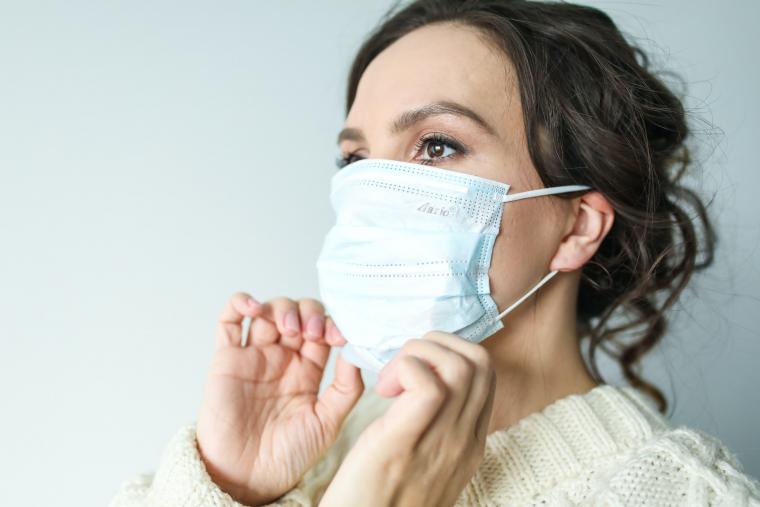- Managing your Practice
-
- Your Benefits
-

Introducing the ultimate Club MD experience
From work to play, and everything in between, we provide you with access to hundreds of deals from recognizable, best-in-class brands, elevating every facet of your life – from practice supports to entertainment, restaurants, electronics, travel, health and wellness, and more. Your Club MD membership ensures that these deals are exclusive to you, eliminating the need to search or negotiate.
Welcome to the ultimate Club MD experience. Your membership, your choices, your journey.
-
- Advocacy & Policy
-
- Collaboration
- News & Events
-

Stay Informed
Stay up to date with important information that impacts the profession and your practice. Doctors of BC provides a range of newsletters that target areas of interest to you.
Subscribe to the President's Letter
Subscribe to Newsletters
-
- About Us
-

When it comes to wearing masks, what’s right?
February 25, 2021
Together for Health
Wearing masks – or the requirement to wear masks – has been a burning issue throughout the COVID-19 pandemic. We wear masks as a barrier to stop our own particles from being dispersed when we talk, laugh, or even breathe. We wear them to protect others. While their effectiveness has been a topic of debate, and as we learn more about how the virus is spread, the truth is masks are an extremely important measure to prevent spreading the disease – but only when worn properly. So what’s the right way to wear a mask?

How to wear your mask
Masks are most effective when fitted, worn, and handled correctly. A properly fitted mask should sit closely over your mouth, nose, cheeks, and chin. It should be held in place comfortably with straps that tie behind your head or ear loops, and it should only ever be worn by you. It’s also recommended that you wash or sanitize your hands before and after putting on and taking off your mask.
How to make your mask fit better
Two basic approaches to getting a better fit are to make sure your mask has an adjustable nose strip that can be molded as tightly as possible to your face. This also eliminates glasses fog. As well, the straps and ear loops should be adjusted so the edges of the mask fit tight against your face, eliminating any gaps. Here are some other tips:
- With disposable medical masks, knot the ear loops as close as possible to the mask and then tuck in the edges to eliminate gaps.
- Double up your mask by wearing a disposable medical mask under a fabric mask. This can give a tighter fit while also providing better protection.
- Use a mask fitter or brace, a device worn over your medical or cloth mask around the outside edges that better seals those edges to your face.
Wear multiple layers
When it comes to non-medical face masks, Health Canada recommends they be made of three layers: two of which should be tightly woven fabric, such as cotton or linen, with the third being a filtre in the middle. This filtre helps trap small infectious particles which further helps protect against COVID.
Keep your mask clean
Reusable masks with a built in non-woven filtre should be washed daily and can be washed multiple times. Those with disposable filtres should be changed daily or as directed by the manufacturer, according to the updated guidelines. Medical masks, however, should not be cleaned but rather thrown out after each use.
While masks are mandatory in most public settings, its important to remember why: because they protect those around you, and to a lesser degree yourself. For more information on masks visit the BC Centre for Disease Control.




